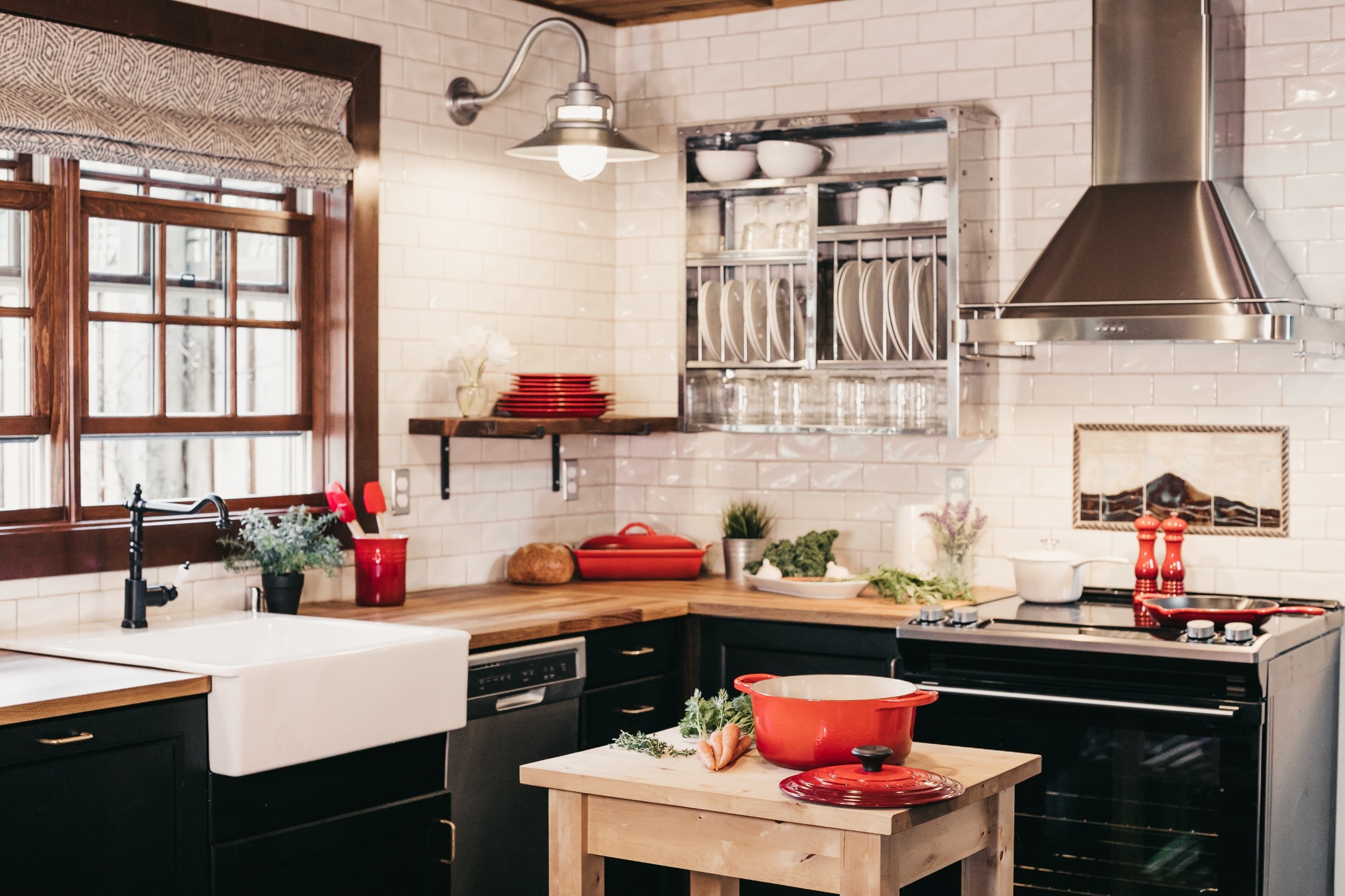Home Warranty > Plan Features Comparison Shopping
What to Know About Your Kitchen’s Oven, Stove & Cooktop Range – Plus! What’s Covered by Your Home Warranty

When parsing out what’s covered in a home warranty—optional coverage that’s added protection for the appliances and home systems you use every day in your home—it’s important to be able to tell the difference between which appliance does what and what’s covered by your home warranty when it stops working.
So, what are the differences between a range, a stove, and a cooktop?
A Range, Stove, And Cooktop – Here’s What Each Does
A range and a stove can be used interchangeably. This is the one-piece unit that is most frequently situated above the oven and has the zoned cooktop area. These zones heat up by the power of gas, electricity, or induction so you can scramble an egg, boil water for a cup of tea, or sear meat.
The oven, which we all know, is used primarily for baking, roasting, or toasting (...or storing pots and pans when there’s a lack of storage space in the kitchen). Public service announcement: If you use your oven drawer to store pots and pans, make sure you’re storing the right stuff in there.
What Does a Convection Oven Do?
All convection ovens are ovens, but not all ovens offer a convection setting. So, how is using the “convection” option different than just baking normally?
A convection oven has a fan and an exhaust system. Regular ovens don’t offer these features. The fan and exhaust help blow hot air over and around the food. Then, this hot air is vented back out. Food cooked in a convection oven is usually cooked more evenly and about 25 percent faster.
When should you cook using the convection setting?
- When you’re in a hurry
- When you want to save energy
- When you bake pies, pastries, or anything with a cover
- When you want to brown something better and still keep the interior moist, like meats or vegetables
- When roasting, toasting, or dehydrating
How is an Induction Cooktop Different Than an Electric Stove?
An induction cooktop or induction range offers a fancy—and quite precise—form of technology, cooking food faster than regular electric ranges. Induction ranges look almost identical to glass-top electric ranges, but they’re not the same. An electromagnetic field below the glass-top surface transfers heat directly to magnetic cookware. Anytime you adjust the temperature, induction ranges respond quickly.
With an induction range, you won’t see that familiar reddish-glow that you’re used to seeing when you turn on an electric cooktop and it’s “warming up.” People missed these cues so much, manufacturers now add virtual “fake” flames as indicators that respond just as the heat does.
Do I Need New Cookware for My Induction Cooktop?
You’ll find that you may need to invest in cookware that’s “induction-compatible.” To see if your current cookware will work, use a magnet to see whether it sticks or not. Here’s a video to show you how it works. If the magnet does stick, you can use these with any induction stove. Stainless steel and cast-iron will work.
If My Range, Stove, And Cooktop Is Covered by a Manufacturer’s Warranty, Do I Still Need Home Warranty Coverage?
This is another common question homeowners find themselves asking.
When you purchase a stove, oven, or range, the appliance comes with a manufacturer’s warranty—something like, say, a limited five year warranty. That’s all it covers. If any defects or malfunctions occur during this time, the company will honor a replacement. But, that warranty coverage is different than a home warranty, which offers an added and extended form of protection to cover the systems and appliances in your home.
Does My Home Warranty Cover My Stove?
Functionality of a kitchen is crucial for daily living, which is why finding a home warranty that covers ovens, stoves, and ranges is a smart idea.
If you don’t have home warranty coverage, gathering home warranty quotes is an important first step before selecting the right home warranty plan. Coverage options vary depending on the home warranty company. For example, in the Combo, Appliance, and Build-Your-Own plan American Home Shield offers home warranty coverage for stoves, ranges, and cooktops. Choice Home Warranty also offers coverage for stoves, ranges, and cooktops in their Basic Plan, Total Plan or as Additional Coverage.
If you already have a home warranty, check your contract to see if you have coverage for your oven, stove, and range.


